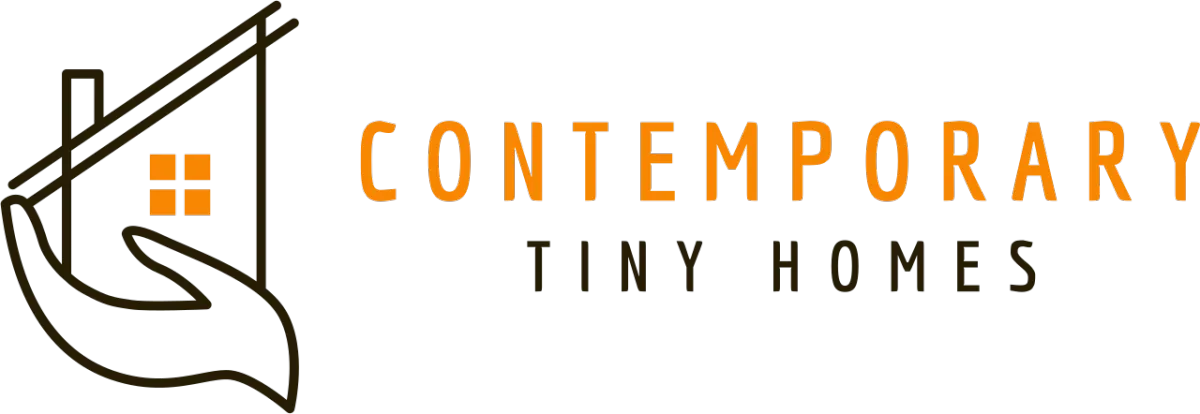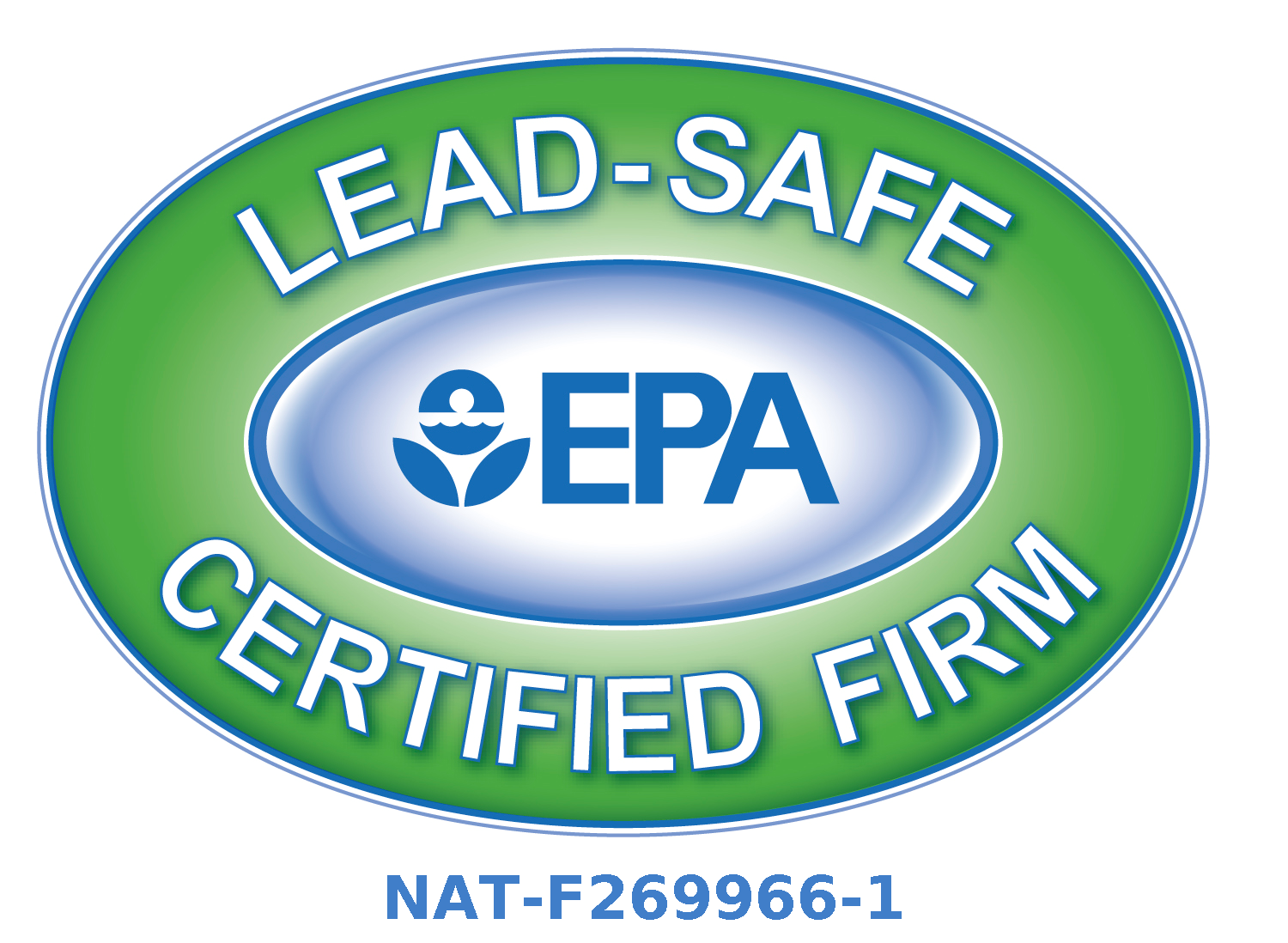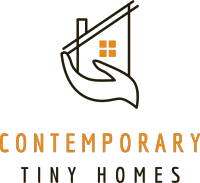Knowledge Center: Your Go-To Resource for ADUs and Tiny Living
Knowledge Center: Your Go-To Resource for ADUs and Tiny Living
Email [email protected]
Phone 860-TINY-HOM (es)

Choosing the Right ADU Model for Your Lifestyle: A Guide for Connecticut Homeowners
Accessory Dwelling Units (ADUs) are rapidly becoming a popular choice for homeowners in Connecticut, offering flexibility, additional living space, and an opportunity to increase property value. Whether you’re looking to house family members, generate rental income, or simply expand your living space, selecting the right ADU model is a key decision. With several different types of ADUs available, it's important to choose the one that best fits your lifestyle, needs, and property.
Here’s a guide to help you determine which ADU model is right for you.
Detached ADU: Maximum Privacy and Independence
A detached ADU is a stand-alone structure built on the same property as your main home. This option is ideal for homeowners who want a completely separate living space for family members, guests or long-term renters. With its own entryway, utilities, and space from the main property, a detached ADU offers maximum privacy.

Best for:
Aging parents or in-laws who need a private, comfortable space close to family.
Young adult children who recently married or returned from the military, providing a private and financially friendly starter-home.
Rental income opportunities, such as long-term tenants or short-term rentals.
Creating a guesthouse for visitors, providing privacy while keeping them nearby.
A home office, fitness studio, or creative workspace that’s separate from the main house.
Considerations:
Requires adequate space on your property.
Higher construction costs compared to other types of ADUs due to the need for separate utilities and foundation work.
Learn more about Detached ADUs and their benefits
Attached ADU: Affordability and Accessibility
An attached ADU is an addition built onto your existing home. It shares at least one wall with your main residence but typically has a separate entrance. This model offers some privacy while being more accessible than a detached unit.
Best for:
Homeowners looking to add living space for adult children or extended family members who want a semi-independent setup.
Individuals with mobility challenges, as attached ADUs can be designed to offer easy access to the main home.
Those on a tighter budget, as construction costs are typically lower than a detached ADU.
Considerations:
Limited privacy compared to a detached ADU.
May require design adjustments to fit within the existing footprint of your home.
Explore design ideas for Attached ADUs.

Garage Conversion: Making Use of Existing Space
A garage conversion transforms an underutilized space into a functional living area. This is a popular option in Connecticut, where many homeowners are choosing to convert garages into additional living quarters, home offices, or even rental spaces.
Best for:
Homeowners with garages that are rarely used for cars or storage.
Adding rental income potential without taking up additional yard space.
Creating a compact, efficient living space or a cozy guesthouse.
Considerations:
Must ensure the garage has adequate space, ventilation, and access to utilities.
May require structural modifications, including insulation, plumbing, and electrical upgrades.
Learn how to convert your garage into an ADU.
Basement Conversion: Optimize Your Home’s Footprint
For those who want to add an ADU without expanding the footprint of their property, a basement conversion is an ideal solution. This model transforms an existing basement into a fully functional living space, complete with a kitchen, bathroom, and living area.
Best for:
Homeowners who are looking to maximize their property’s existing space without building an entirely new structure.
Creating a rental unit for long-term tenants or additional income.
Building a guest suite or separate living quarters for adult children.
Considerations:
Requires proper insulation and moisture control.
May need additional windows or access points for fire safety and natural light.
See why Basement ADUs are a smart use of space.
Over-the-Garage ADU: Smart Use of Vertical Space
If you want to add living space without taking up yard area, an over-the-garage ADU is a great option. This involves constructing a living unit above an existing or newly built garage. It offers privacy and independence, making it perfect for renters or guests.
Best for:
Homeowners with limited ground space but the ability to build upward.
Creating a self-contained rental unit for additional income.
Building a home office or studio that’s separate from the main living space.
Considerations:
Requires reinforcement of the existing garage structure to support the additional weight.
May increase overall construction costs compared to other ADU types.
Explore the benefits of building an Over-the-Garage ADU.

Internal ADU: Seamless Integration into Your Home
An internal ADU involves converting part of your existing home, such as an unused attic, guest room, or section of your house, into a separate living space. While not as private as a detached or over-the-garage ADU, this option is cost-effective and often quicker to implement.
Best for:
Homeowners who are looking to quickly add additional living space without extensive construction.
Family members who need to live independently but want to remain close.
Creating a rental unit or guest quarters while minimizing construction costs.
Considerations:
May reduce the amount of usable space in the main home.
Privacy could be limited due to proximity to shared living spaces.
Factors to Consider When Choosing Your ADU Model
Before settling on an ADU model, it’s important to consider several key factors:
Zoning and Permitting: Be sure to check local zoning laws and permitting requirements in your area. Connecticut municipalities vary in their ADU regulations, so it's essential to confirm what is allowed in your town or city.
Property Size: The amount of space you have on your property will determine which ADU models are feasible. Detached units and over-the-garage ADUs may require more room, while internal or basement conversions utilize existing spaces.
Budget: Construction costs can vary significantly based on the type of ADU you choose. Detached units tend to be the most expensive, while internal conversions and garage ADUs are typically more budget-friendly. Check out our new budget planning tool on our website
Privacy Needs: Consider who will be living in the ADU and how much privacy they (and you) will need. Detached ADUs offer the most separation, while internal and attached models provide less privacy but can be more convenient.
Conclusion
Choosing the right ADU model for your lifestyle is a personal decision that depends on your specific needs, property, and budget. Whether you're looking for a space to house family members, generate rental income, or expand your living quarters, there’s an ADU model that can meet your needs.
At Contemporary Tiny Homes, we specialize in designing and building ADUs tailored to your vision. Contact us today for a free consultation and let us help you find the perfect ADU for your home.
Email us at [email protected] or call us at 860-TINY-HOM(es) | 860-846-9466 to learn more.
Email [email protected]
Phone 860-TINY-HOM (es)

Copyright 2025. All rights reserved. Norwalk, CT
Connecticut's New Home Construction Contractor License: #NHC.0017654
EPA Lead-Safe Certified NAT-F269966-1


